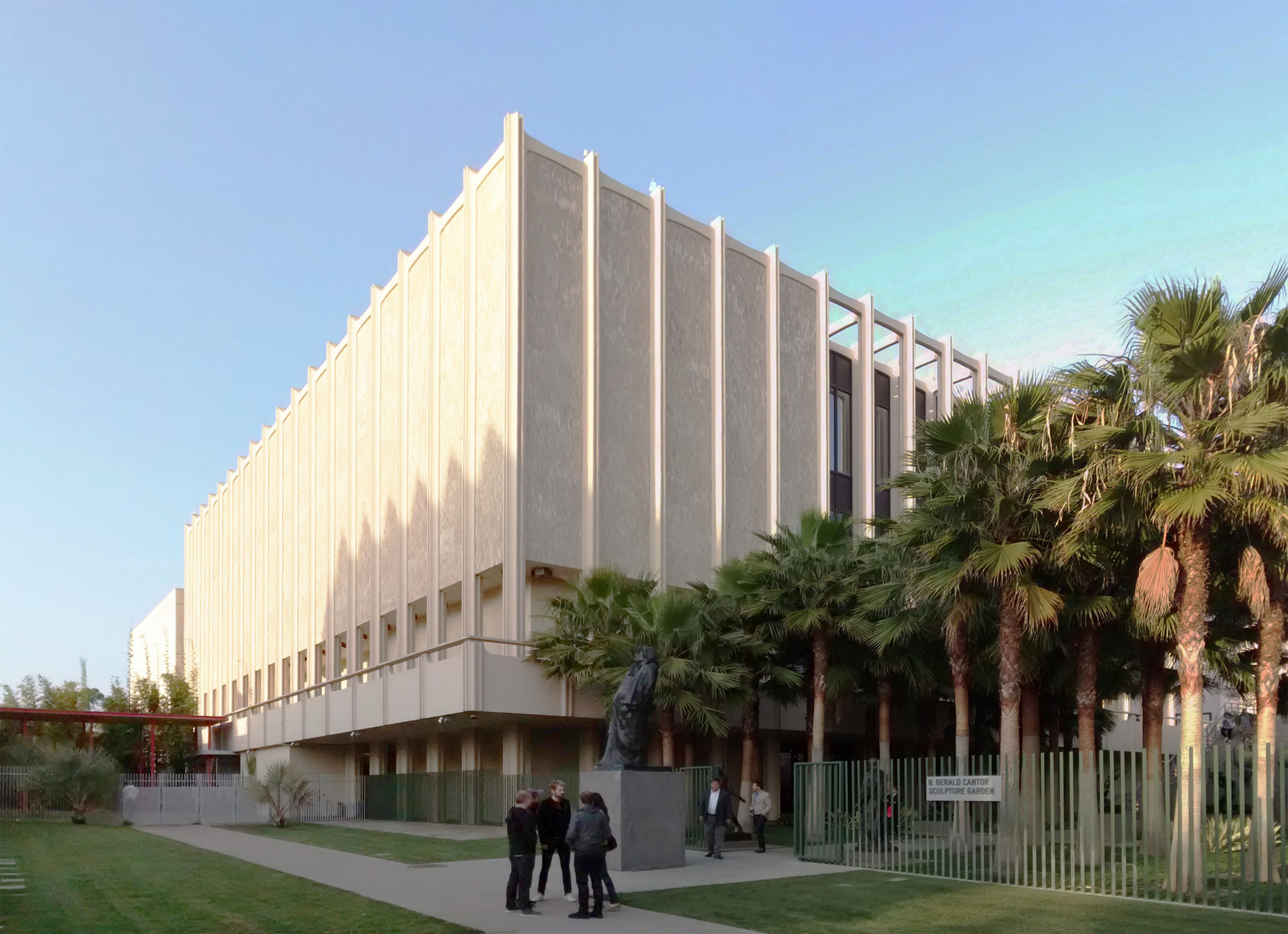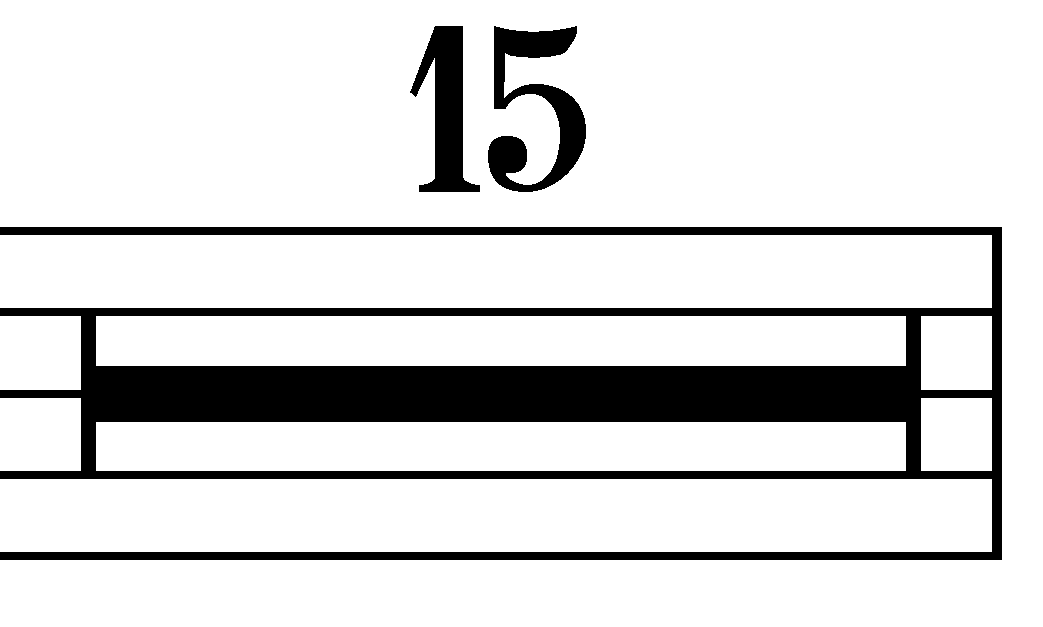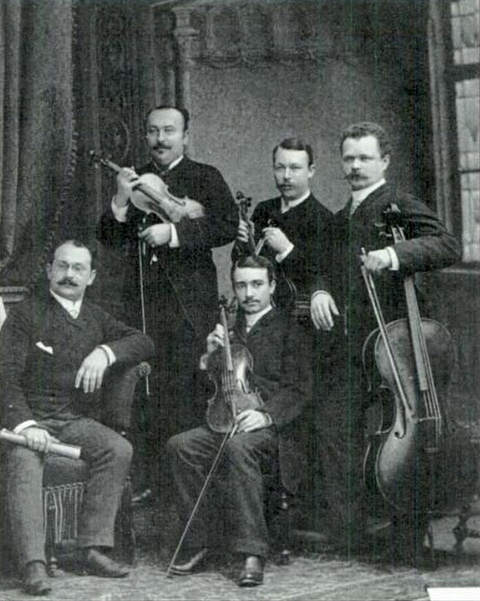|
Piano And String Quartet (Feldman)
''Piano and String Quartet'' is a composition by American avant-garde composer Morton Feldman. It was commissioned by the Kronos Quartet and pianist Aki Takahashi, who premiered the piece at the 7th annual New Music America Festival in Los Angeles and released a studio recording in 1993. Background Feldman composed ''Piano and String Quartet'' in 1985 at the age of 59. It was among his final major completed works. He wrote the composition with the Kronos Quartet and Takahashi in mind as its performers. It was commissioned for the seventh New Music America Festival in Los Angeles. He wrote out the score by hand, as he had done for most other compositions of that period. On November 2, 1985, the Kronos Quartet and Takahashi premiered the piece at New Music America. The performance took place at the Leo S. Bing Theater in the Los Angeles County Museum of Art, beginning at 5p.m. and lasting 68½ minutes. A recording of the premiere was broadcast at 8p.m. on KUSC, the region's ... [...More Info...] [...Related Items...] OR: [Wikipedia] [Google] [Baidu] |
Morton Feldman
Morton Feldman (January 12, 1926 – September 3, 1987) was an American composer. A major figure in 20th-century classical music, Feldman was a pioneer of indeterminate music, a development associated with the experimental New York School of composers also including John Cage, Christian Wolff, and Earle Brown. Feldman's works are characterized by notational innovations that he developed to create his characteristic sound: rhythms that seem to be free and floating, pitch shadings that seem softly unfocused, a generally quiet and slowly evolving music, and recurring asymmetric patterns. His later works, after 1977, also explore extremes of duration. Biography Feldman was born in Woodside, Queens, into a family of Russian-Jewish immigrants. His parents, Irving Feldman (1893–1985) and Frances Breskin Feldman (1897–1984), emigrated to New York from Pereiaslav (father, 1910) and Bobruysk (mother, 1901). His father was a manufacturer of children's coats. As a child he stu ... [...More Info...] [...Related Items...] OR: [Wikipedia] [Google] [Baidu] |
Bar (music)
In musical notation, a bar (or measure) is a segment of time corresponding to a specific number of beats in which each beat is represented by a particular note value and the boundaries of the bar are indicated by vertical bar lines. Dividing music into bars provides regular reference points to pinpoint locations within a musical composition. It also makes written music easier to follow, since each bar of staff symbols can be read and played as a batch. Typically, a piece consists of several bars of the same length, and in modern musical notation the number of beats in each bar is specified at the beginning of the score by the time signature. In simple time, (such as ), the top figure indicates the number of beats per bar, while the bottom number indicates the note value of the beat (the beat has a quarter note value in the example). The word ''bar'' is more common in British English, and the word ''measure'' is more common in American English, although musicians generall ... [...More Info...] [...Related Items...] OR: [Wikipedia] [Google] [Baidu] |
Repetition (music)
Repetition is important in music, where sounds or sequences are often repeated. It may be called restatement, such as the restatement of a theme. While it plays a role in all music, with noise and musical tones lying along a spectrum from irregular to periodic sounds,(Moravcsik, 114)(Rajagopal, ) it is especially prominent in specific styles. Repetition A literal repetition of a musical passage is often indicated by the use of a repeat sign, or the instructions da capo or dal segno. Theodor W. Adorno criticized repetition and popular music as being psychotic and infantile. In contrast, Richard Middleton (1990) argues that "while repetition is a feature of ''all'' music, of any sort, a high level of repetition may be a specific mark of 'the popular'" and that this allows an, "enabling" of "an inclusive rather than exclusive audience"(Middleton 1990, p. 139). "There is no universal norm or convention" for the amount or type of repetition, "all music contains repet ... [...More Info...] [...Related Items...] OR: [Wikipedia] [Google] [Baidu] |
Duration (music)
In music, duration is an amount of time or how long or short a note, phrase, section, or composition lasts. "''Duration'' is the length of time a pitch, or tone, is sounded." A note may last less than a second, while a symphony may last more than an hour. One of the fundamental features of rhythm, or encompassing rhythm, duration is also central to meter and musical form. Release plays an important part in determining the timbre of a musical instrument and is affected by articulation. The concept of duration can be further broken down into those of beat and meter, where beat is seen as (usually, but certainly not always) a 'constant', and rhythm being longer, shorter or the same length as the beat. Pitch may even be considered a part of duration. In serial music the beginning of a note may be considered, or its duration may be (for example, is a 6 the note which begins at the sixth beat, or which lasts six beats?). Durations, and their beginnings and endings, may be descr ... [...More Info...] [...Related Items...] OR: [Wikipedia] [Google] [Baidu] |
Memory
Memory is the faculty of the mind by which data or information is encoded, stored, and retrieved when needed. It is the retention of information over time for the purpose of influencing future action. If past events could not be remembered, it would be impossible for language, relationships, or personal identity to develop. Memory loss is usually described as forgetfulness or amnesia. Memory is often understood as an informational processing system with explicit and implicit functioning that is made up of a sensory processor, short-term (or working) memory, and long-term memory. This can be related to the neuron. The sensory processor allows information from the outside world to be sensed in the form of chemical and physical stimuli and attended to various levels of focus and intent. Working memory serves as an encoding and retrieval processor. Information in the form of stimuli is encoded in accordance with explicit or implicit functions by the working memory proces ... [...More Info...] [...Related Items...] OR: [Wikipedia] [Google] [Baidu] |
Time Perception
The study of time perception or chronoception is a field within psychology, cognitive linguistics and neuroscience that refers to the subjective experience, or sense, of time, which is measured by someone's own perception of the duration of the indefinite and unfolding of events. The perceived time interval between two successive events is referred to as perceived duration. Though directly experiencing or understanding another person's perception of time is not possible, perception can be objectively studied and inferred through a number of scientific experiments. Some temporal illusions help to expose the underlying neural mechanisms of time perception. Pioneering work, emphasizing species-specific differences, was conducted by Karl Ernst von Baer. Theories Time perception is typically categorized in three distinct ranges, because different ranges of duration are processed in different areas of the brain: * Sub-second timing or millisecond timing * Interval timing or seconds- ... [...More Info...] [...Related Items...] OR: [Wikipedia] [Google] [Baidu] |
Timbre
In music, timbre ( ), also known as tone color or tone quality (from psychoacoustics), is the perceived sound quality of a musical note, sound or tone. Timbre distinguishes different types of sound production, such as choir voices and musical instruments. It also enables listeners to distinguish different instruments in the same category (e.g., an oboe and a clarinet, both woodwind instruments). In simple terms, timbre is what makes a particular musical instrument or human voice have a different sound from another, even when they play or sing the same note. For instance, it is the difference in sound between a guitar and a piano playing the same note at the same volume. Both instruments can sound equally tuned in relation to each other as they play the same note, and while playing at the same amplitude level each instrument will still sound distinctively with its own unique tone color. Experienced musicians are able to distinguish between different instruments of the same ... [...More Info...] [...Related Items...] OR: [Wikipedia] [Google] [Baidu] |
Alfred Schnittke
Alfred Garrievich Schnittke (russian: Альфре́д Га́рриевич Шни́тке, link=no, Alfred Garriyevich Shnitke; 24 November 1934 – 3 August 1998) was a Russian composer of Jewish-German descent. Among the most performed and recorded composers of late 20th-century classical music, he is described by musicologist Ivan Moody as a "composer who was concerned in his music to depict the moral and spiritual struggles of contemporary man in ..depth and detail." Schnittke's early music shows the strong influence of Dmitri Shostakovich. He developed a polystylistic technique in works such as the epic Symphony No. 1 (1969–1972) and his first concerto grosso (1977). In the 1980s, Schnittke's music began to become more widely known abroad with the publication of his second (1980) and third (1983) string quartets and the String Trio (1985); the ballet ''Peer Gynt'' (1985–1987); the third (1981), fourth (1984), and fifth (1988) symphonies; and the viola concerto (19 ... [...More Info...] [...Related Items...] OR: [Wikipedia] [Google] [Baidu] |
George Rochberg
George Rochberg (July 5, 1918May 29, 2005) was an American composer of contemporary classical music. Long a serial composer, Rochberg abandoned the practice following the death of his teenage son in 1964; he claimed this compositional technique had proved inadequate to express his grief and had found it empty of expressive intent. By the 1970s, Rochberg's use of tonal passages in his music had provoked controversy among critics and fellow composers. A professor at the University of Pennsylvania until 1983, Rochberg also served as chairman of its music department until 1968. He became the first Annenberg Professor of the Humanities in 1978. Life Born in Paterson, New Jersey, Rochberg attended first the Mannes College of Music, where his teachers included George Szell and Hans Weisse, then the Curtis Institute of Music, where he studied with Rosario Scalero and Gian Carlo Menotti. He served in the United States Army in the infantry during World War II. He was Jewish. Rochbe ... [...More Info...] [...Related Items...] OR: [Wikipedia] [Google] [Baidu] |
Piano Quintet
In classical music, a piano quintet is a work of chamber music written for piano and four other instruments, most commonly a string quartet (i.e., two violins, viola, and cello). The term also refers to the group of musicians that plays a piano quintet. The genre particularly flourished during the nineteenth century. Until the middle of the nineteenth century, most piano quintets were scored for piano, violin, viola, cello, and double bass. Following the success of Robert Schumann's Piano Quintet in E major, Op. 44 in 1842, which paired the piano with a string quartet, composers increasingly adopted Schumann's instrumentation, and it was this form of the piano quintet that dominated during the second half of the nineteenth century and into the twentieth century. Among the best known and most frequently performed piano quintets, aside from Schumann's, are those by Franz Schubert, Johannes Brahms, César Franck, Antonín Dvořák and Dmitri Shostakovich. The piano quintet befo ... [...More Info...] [...Related Items...] OR: [Wikipedia] [Google] [Baidu] |
Chamber Music
Chamber music is a form of classical music that is composed for a small group of instruments—traditionally a group that could fit in a palace chamber or a large room. Most broadly, it includes any art music that is performed by a small number of performers, with one performer to a part (in contrast to orchestral music, in which each string part is played by a number of performers). However, by convention, it usually does not include solo instrument performances. Because of its intimate nature, chamber music has been described as "the music of friends". For more than 100 years, chamber music was played primarily by amateur musicians in their homes, and even today, when chamber music performance has migrated from the home to the concert hall, many musicians, amateur and professional, still play chamber music for their own pleasure. Playing chamber music requires special skills, both musical and social, that differ from the skills required for playing solo or symphonic works. ... [...More Info...] [...Related Items...] OR: [Wikipedia] [Google] [Baidu] |





.jpg)


